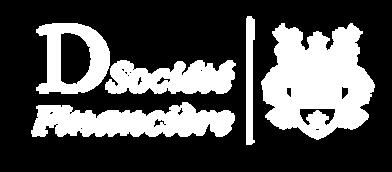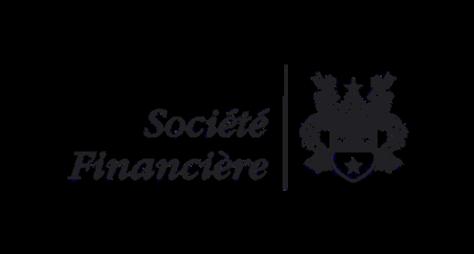MARKET Overview

SEPTEMBER 2022






Rising interest rates around the world continued to hit markets hard. The main indices of the stock exchanges devalued and the currencies continued to be more volatile with more aggressive movements on the part of central bank leaders. Investors remained wary of concerns about energy in the European bloc. The main European economies show fragility and vulnerability after new events shake confidence in the supply of gas from Russia to Europe. In the US, the S&P 500 index plummeted 9.34%; In Europe, the Euro Stoxx 50 devalued 5.66% and in the United Kingdom, the FTSE 100 closed the month of September with a fall of 5.36%.

Inflation remains under pressure in the US. The consumer price index for the month of August increased by 0.1% in relation to July and the index accumulated in 12 months is 8.3%. On the other hand, the producer price index showed relative stability, but it is still far from what was desired, with an increase of 8.7% accumulated in 12 months. The unemployment rate exceeded market expectations by standing at 3.7% (3.5% was expected). Industrial production began to show signs of retraction as it shrank 0.2% in August (in the previous month it had advanced 0.6%). The real estate market remains strong, with a 28.8% increase in total sales of new homes. With this scenario, the Federal Reserve had no alternative but to continue aggressively raising interest rates. On September 21st, the monetary policy committee raised the rate by 0.75% to 3.25% per year.

At the end of September, officially unexplained incidents damaged the Nord Stream pipeline system, which supplies part of Europe with Russian gas. Gas leaks in three pipelines appeared almost simultaneously in the Baltic Sea. There are suspicions that the event was an act of sabotage and not a technical problem. After the event, gas prices climbed as much as 12%, after four days of losses. The European bloc obtained around 40% of its gas via pipeline from Russia before the war and now has around 9%. The damaged pipelines were already out of operation, but after this event it is difficult to imagine that the European winter will have significant flows of Russian gas. The unemployment rate in Europe remains stable, however high: 6.6%. Retail sales activity continues to shrink. In August, this indicator fell by 2.0% in annual terms. Industrial production released in September for the month of July also demonstrates the fragility of the European economy. In this case the annual drop is 2.4%. With this environment, the consumer confidence index continues to deteriorate. Even so, the rise in prices in Europe continues to deteriorate the purchasing power of the population. The final consumer inflation figure for the month of August, released in September, showed a 9.1% rise in prices accumulated in 12 months. In the first week of September, the European Central Bank was forced to raise interest rates aggressively to 0.75%, ending a long period of negative interest rates.
The Chinese economy continues to decelerate. In addition to government-imposed lockdowns, the decline in international trade caused by the slowdown in major economies around the world has cooled economic activity. Consumer price indices show annual inflation of 2.5%. The unemployment rate remains stable at around 5.3%. The purchasing managers' index “Manufacturing PMI” that the market follows a lot improved from 49.4 to 50.1 in September, showing a slightly more benign perception for the local economy.

Latin America is going through some changes. In Colombia, the newly elected president promises to govern with a more social bias, without ceasing to be responsible for public finances; Although we do not have official data, Venezuela seems to be experiencing a period of change in its foreign policy, with a rapprochement with Colombia and less negative international news; Brazil is experiencing a historically peaceful electoral period in terms of the international market, with its currency experiencing less volatility and the stock market in sharp appreciation. The market's concern about the fiscal responsibility of the next government is not affecting the business environment of the real economy. Economic activity is expected to grow by more than 3.0% in 2022 and inflation is starting to cool down; The Argentine economy is experiencing serious problems with one of the highest inflation rates in the world (78.5% in August). The new economy minister, Sergio Massa, managed to secure more financing from the Inter-American Development Bank, but he continues with the challenge of containing public spending and preventing the devaluation of the peso from getting out of control.
The month of October promises to reveal new information about the trend of rising interest rates in the US and Europe. Inflation data and job creation should give new clues about the intensity of interest rate adjustments. New developments in Europe related to the conflict between Russia and Ukraine may continue to affect markets and should be closely monitored. After a few threats, Russia's use of atomic weapons should be taken seriously. Part of the market still neglects this risk.

